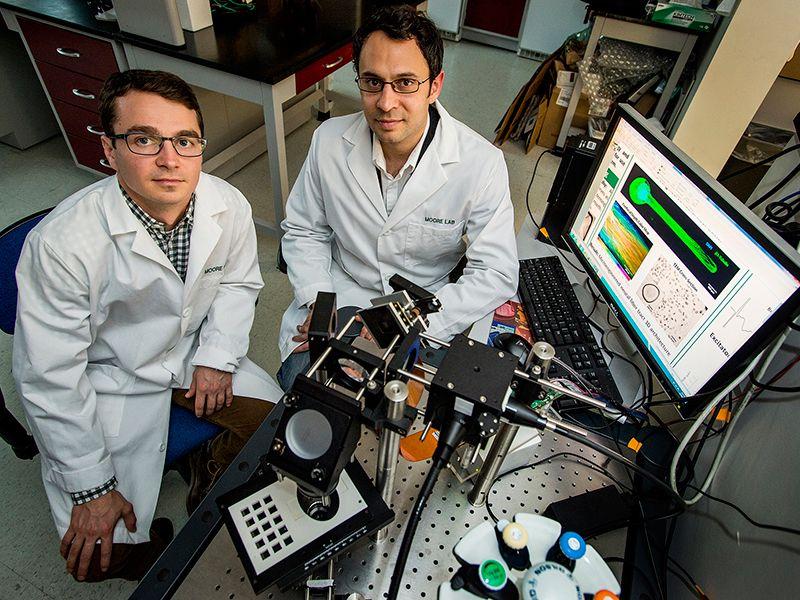Tulane commits to new engineering initiative at White House
More than 120 U.S. schools, including Tulane University, are joining forces to educate a new generation of engineers expressly equipped to tackle some of the most pressing issues of the 21st century.
In a letter of commitment presented to President Barack Obama at the White House Science Fair today, Tulane and peer institutions said they plan to establish special academic programs designed to prepare undergraduates to solve “Grand Challenges” — complex yet achievable goals to improve national and international health, security, sustainability and quality of life in the 21st century.
The “Grand Challenges” include critical goals such as engineering better medicines, making solar energy cost-competitive with coal, securing cyberspace and advancing personalized learning tools to deliver better education to more individuals.
Together, the schools plan to graduate more than 20,000 formally recognized “Grand Challenge Engineers” over the next decade.
Nicholas Altiero, dean of the Tulane School of Science and Engineering, said Tulane’s role is unique in that it will involve science majors as well as engineering majors.
“Most of the ‘Grand Challenges’ are in areas in which Tulane is very strong such as health, environment, energy, and cognition,” Altiero said. “To address these challenges, we will need significant engineering breakthroughs that are based on breakthroughs in science.”
He said the educational elements of the program include hands-on research or design, interdisciplinary experiential learning, entrepreneurship and innovation, global and cross-cultural perspectives, and service-learning, all of which are components of the undergraduate experience at Tulane.
The training model was inspired by the Grand Challenge Scholars Program, established in 2009 by Duke University’s Pratt School of Engineering, Olin College and the University of Southern California’s Viterbi School of Engineering in response to the NAE’s 14 Grand Challenges for Engineering in the 21st century.

